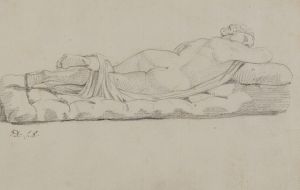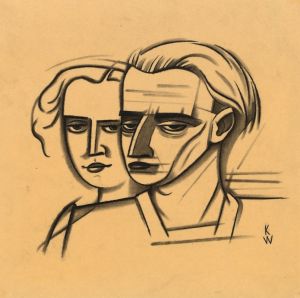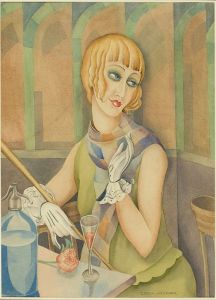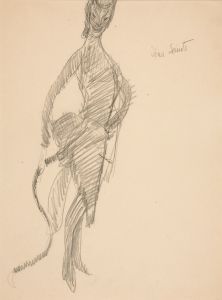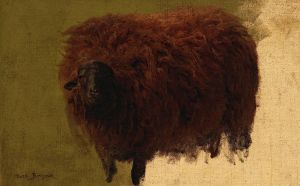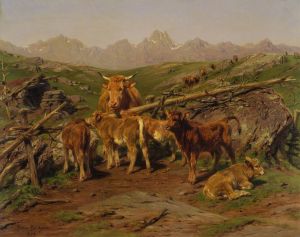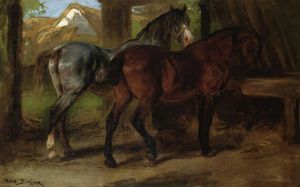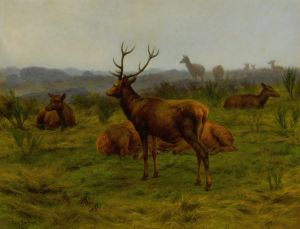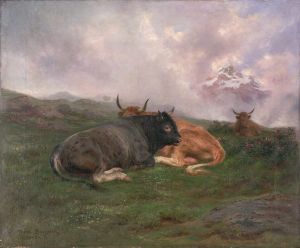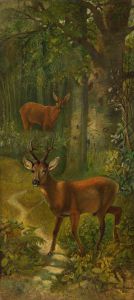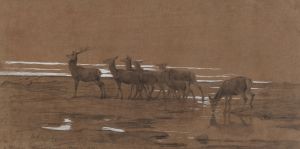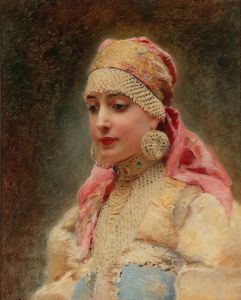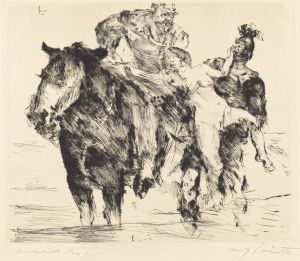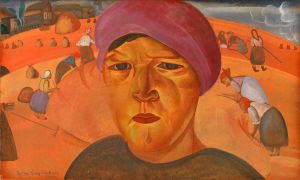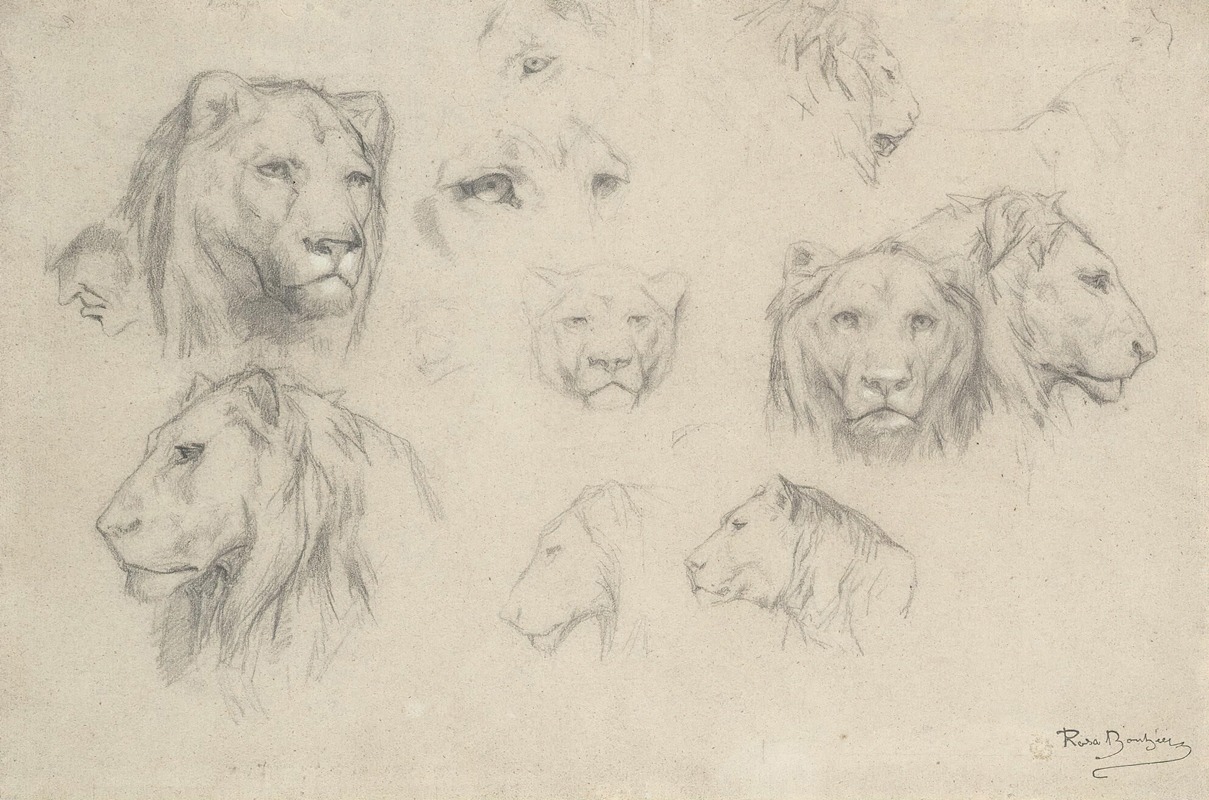
Study Of Lions And Lionesses
A hand-painted replica of Rosa Bonheur’s masterpiece Study Of Lions And Lionesses, meticulously crafted by professional artists to capture the true essence of the original. Each piece is created with museum-quality canvas and rare mineral pigments, carefully painted by experienced artists with delicate brushstrokes and rich, layered colors to perfectly recreate the texture of the original artwork. Unlike machine-printed reproductions, this hand-painted version brings the painting to life, infused with the artist’s emotions and skill in every stroke. Whether for personal collection or home decoration, it instantly elevates the artistic atmosphere of any space.
Rosa Bonheur, a renowned French artist of the 19th century, is celebrated for her realistic depictions of animals, and her work "Study of Lions and Lionesses" is a testament to her skill and dedication to animal portraiture. Born in Bordeaux in 1822, Bonheur was the daughter of a minor landscape painter, which provided her with early exposure to the world of art. She became one of the most famous female painters of her time, breaking gender norms and achieving significant success in a male-dominated field.
"Study of Lions and Lionesses" exemplifies Bonheur's meticulous attention to detail and her profound understanding of animal anatomy and behavior. Although specific details about the creation date and current location of this particular study are not widely documented, it is consistent with her broader body of work, which often involved extensive observation and sketching of animals in their natural habitats or in captivity.
Bonheur's approach to painting was methodical and scientific. She was known to visit zoos and circuses to observe animals closely, making numerous sketches to capture their movements and expressions accurately. This dedication to realism is evident in "Study of Lions and Lionesses," where the musculature, fur texture, and postures of the animals are rendered with precision and vitality. Her ability to convey the majesty and power of lions, while also capturing their grace and subtle social interactions, speaks to her exceptional talent and deep empathy for her subjects.
Throughout her career, Bonheur received numerous accolades and was recognized by institutions across Europe. In 1865, she was awarded the Legion of Honour by the French Empress Eugénie, making her the first female artist to receive such an honor. Her works were exhibited widely, and she gained international fame, particularly for her large-scale paintings such as "The Horse Fair."
Bonheur's legacy extends beyond her artistic achievements; she was a trailblazer for women in the arts. She defied societal expectations by wearing trousers, which was unconventional for women at the time, and she lived openly with her female partner, Nathalie Micas, for over 40 years. Her life and work continue to inspire discussions about gender, art, and the representation of animals in visual culture.
"Study of Lions and Lionesses" is a reflection of Bonheur's lifelong passion for animals and her commitment to capturing their essence on canvas. While specific details about this particular study may be limited, it remains an integral part of her oeuvre, showcasing her remarkable ability to blend scientific observation with artistic expression. Rosa Bonheur's contributions to art and her pioneering spirit have left an indelible mark on the history of animal painting and continue to be celebrated today.





